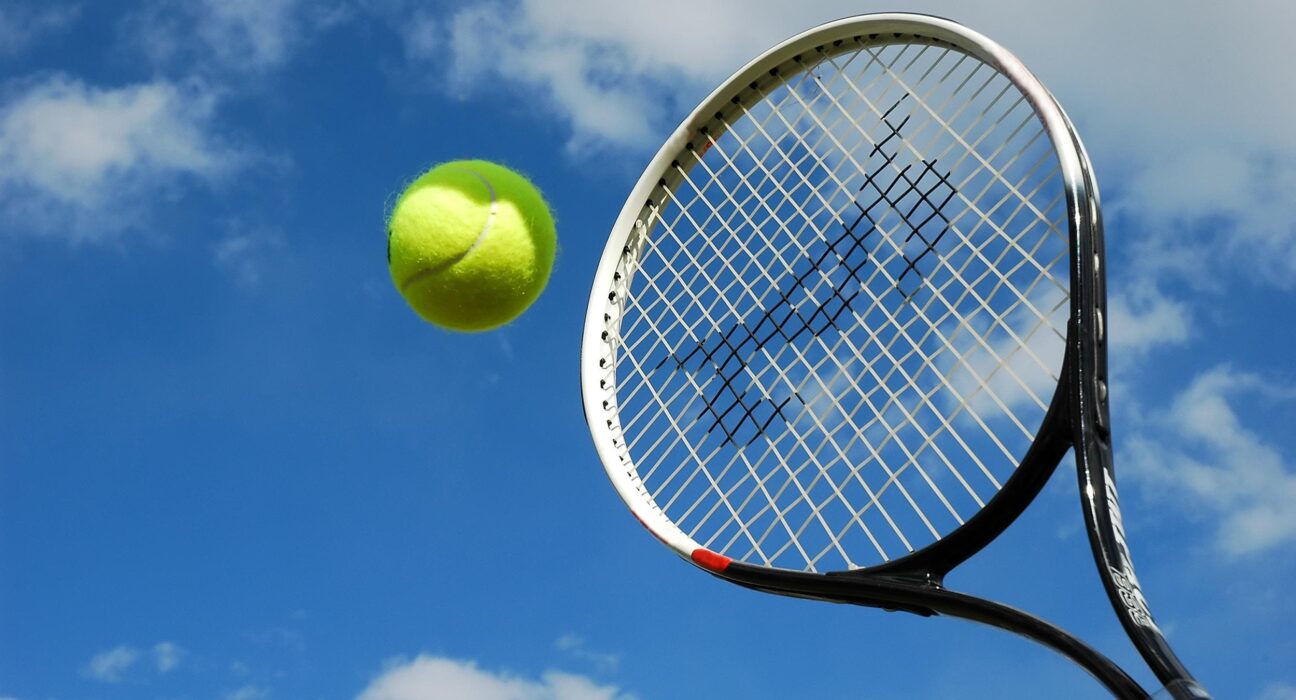It was a sunny day at the All England Lawn Tennis and Croquet Club, where the crowd buzzed with excitement as Ben Shelton, representing the United States, faced off against Italian sensation Jannik Sinner in the quarter-finals of Wimbledon. The stakes were high, and both players were ready to give it their all on the prestigious grass courts.
As the match unfolded, Shelton’s need for speed became apparent. Known for his lightning-fast serves, he tried to overpower his opponent with sheer velocity. However, this strategy proved to be his downfall as he struggled to find consistency in crucial moments. Despite unleashing powerful shots and attempting to disrupt Sinner’s rhythm, Shelton found himself outmaneuvered by the composed Italian.
In a post-match interview, Shelton reflected on his performance and acknowledged the consequences of his aggressive approach. He admitted,
“I paid the price for trying to serve too fast.”
This candid admission shed light on the tactical miscalculations that may have cost him victory in such a pivotal match.
Expert analysts weighed in on Shelton’s playing style, noting that while speed can be a valuable asset in tennis, control and precision are equally essential. Former Grand Slam champion Maria Sharapova commented,
“Shelton’s power is impressive, but tennis is not just about hitting hard. It requires finesse and strategic thinking.”
This perspective highlighted the nuanced balance between aggression and accuracy that players must maintain at elite levels of competition.
Throughout the match, spectators witnessed moments of brilliance from Shelton as he unleashed thunderous serves and blistering forehands. However, these flashes of brilliance were overshadowed by unforced errors and missed opportunities during crucial points. As Sinner maintained his composure and capitalized on Shelton’s lapses, it became evident that raw speed alone could not guarantee success on the court.
The dynamics of tennis often revolve around finding a delicate equilibrium between offensive aggression and defensive solidity. Players like Sinner excel not only in absorbing pace but also in redirecting it with precise counterattacks. In contrast, Shelton’s one-dimensional reliance on speed ultimately played into his opponent’s hands.
As fans reflected on this intense showdown between two formidable talents, they recognized that tennis is a multifaceted sport that demands adaptability and versatility from its participants. While raw power can create moments of awe-inspiring spectacle, true mastery lies in harnessing that power with finesse and strategic acumen.
In defeat, Ben Shelton learned a valuable lesson about balance and decision-making under pressure. His experience against Jannik Sinner served as a reminder that success in tennis requires more than just sheer force—it necessitates intelligent play execution guided by astute judgment.
The Wimbledon quarter-final clash between Shelton and Sinner encapsulated the essence of competitive sports—a test of skill, resilience, and mental fortitude under the unforgiving gaze of global scrutiny. As players continue to evolve their game plans and refine their techniques, each match remains an opportunity for growth and self-discovery amidst triumphs and setbacks alike.

